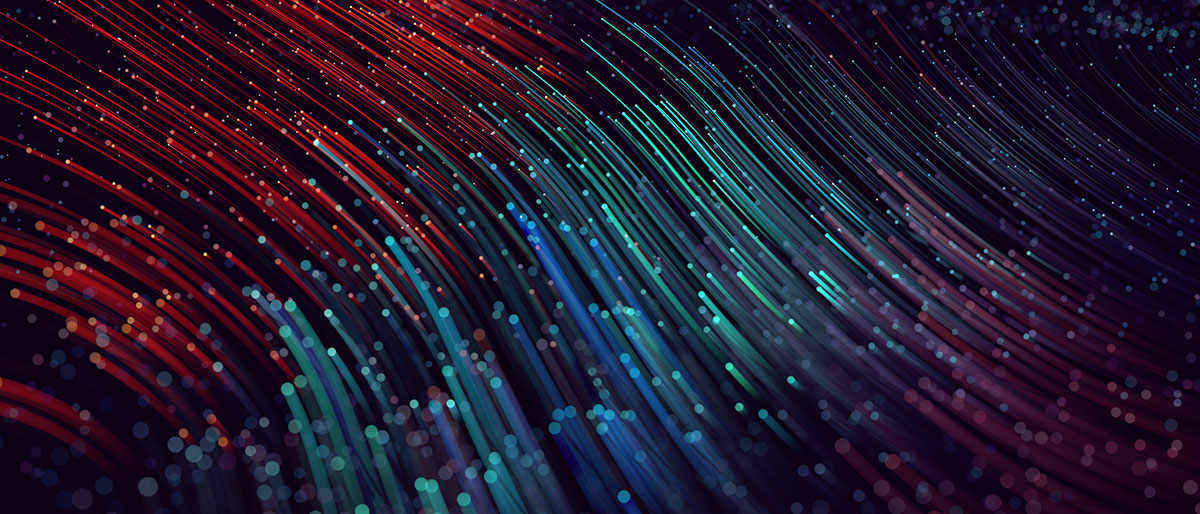
Word art, which is text rendered with properly designed appealing artistic effects, has been a popular form of art throughout human history. Artistic text effects are of great aesthetic value and symbolic significance. Decorating with appropriate effects not only makes text more attractive but also significantly enhances the atmosphere of a scene. Thus, artistic text effects are widely used in publicity and advertising. Some text effects are simple, such as colors and shadows, while some can be complex, such as the burning flames in Figure 1 and exquisite decorations in Figure 2 . Manually creating vivid text effects requires lots of time and a series of complicated operations: observing the target glyphs, designing appropriate artistic effects, warping the texture to match the character shapes, and so on. It consumes hours of time even for well-trained designers. To produce word art more conveniently and efficiently, artistic text style transfer has been proposed recently to automatically render text with given artistic effects.
In this article, we provide a comprehensive overview of current advances in artistic text style transfer. First, we formulate the task. Second, we investigate and classify state-of-the-art methods into nondeep- and deep-based methods, introduce their core ideas, and discuss their strengths and weaknesses. Third, we present several benchmark datasets and evaluation methods. Finally, we summarize the current challenges in this field and propose possible directions for future research.
Task Formulation
Artistic text style transfer aims at automatically turning plain text into fantastic artworks with given artistic effects. According to the input, we divide the artistic text style transfer problem into three categories from easy to difficult: supervised effect transfer, unsupervised effect transfer, and joint font and effect transfer.
For a supervised effect transfer, as shown in Figure 1(a), the source effects Sl in addition to the corresponding nonstylized image S are required. The algorithms learn the transformation between them, then apply it to the target text T to synthesize the result Tl . An unsupervised effect transfer, on the other hand, gets rid of the dependency on S and directly builds the transformation by extracting the proper features of source effects Sl and target text T, as shown in Figure 1(b). Since S is not required, the constraints on Sl are further relaxed, where Sl can be arbitrary style images besides text effects [Figure 1(c)]. As for joint font and effect transfer, it considers fonts as a part of the style, thus aiming at transferring artistic effects and text fonts jointly.

